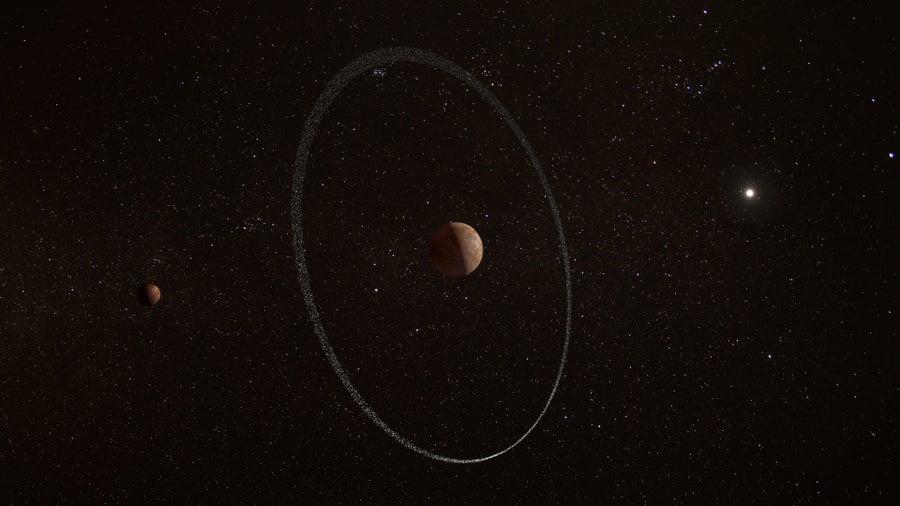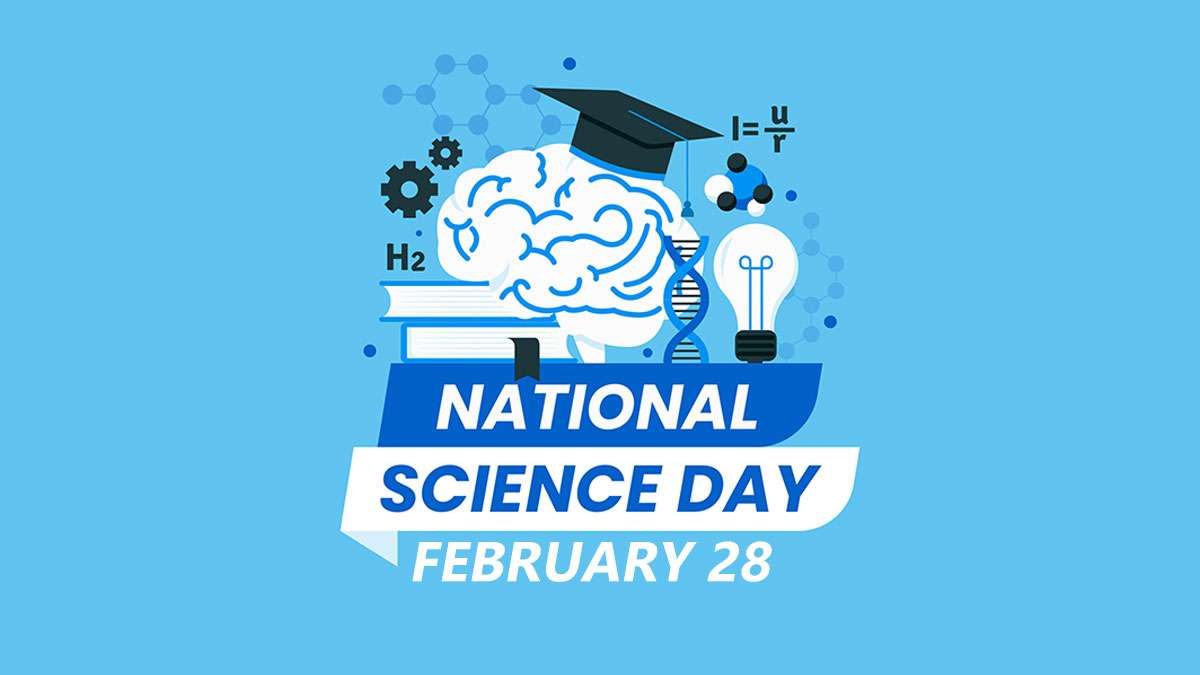February' 2023
Feb 8: Peak of the α-Centaurid Meteor Shower
In the velvety darkness of the night sky on February 8, 2023, celestial enthusiasts were treated to a mesmerizing performance by the α-Centaurid Meteor Shower, reaching its peak in a spectacular celestial dance. Spanning from January 28th to February 21st each year, this cosmic spectacle graced the heavens with an expected peak of around 5 meteors per hour. Nature's own fireworks display, the meteors from the Centaurids painted streaks across the vast canvas of the cosmos. The radiant point, the apparent origin in the constellation of Centaurus, hovered just above the horizon, inviting skywatchers to witness the celestial show at any time. It was a night where the stars themselves seemed to join in a celestial celebration, as if the universe had decided to sprinkle a bit of magic across the canvas of the night, leaving all who gazed upward in awe of the cosmic wonders above.

Feb 8: Scientists have discovered a new ring system around a dwarf planet
On the memorable day of February 8, 2023, a scientific revelation jolted our understanding of the cosmos as researchers unearthed a newfound ring system encircling a dwarf planet situated at the fringes of our solar system. The dwarf planet in question, Quaoar, only half the size of Pluto, elegantly danced around the Sun beyond the reaches of Neptune. What truly set this discovery ablaze with intrigue was the peculiar location of its ring system, defying the norms observed in other celestial bodies. Unlike the more conventional rings that snugly hug their host planets, Quaoar's rings flaunted their orbital prowess at a considerable distance. This cosmic anomaly challenged existing theories about the genesis of ring systems, prompting a reevaluation of our cosmic comprehension. As the scientific community grappled with this unexpected celestial twist, the discovery of Quaoar's distant ring ensemble opened a portal to new inquiries, inviting us to reconsider the mysteries that linger at the outer edges of our solar symphony.

Feb 28: Aditya L-1 mission
On the electrifying day of February 28, the curtains rose to unveil the captivating research underway for the Aditya L-1 mission. The atmosphere buzzed with anticipation as intricate models and mesmerizing 3D printed demos took center stage, providing a tangible glimpse into the cutting-edge technology propelling this cosmic endeavor. Special posters adorned the surroundings, weaving a visual narrative of the mission's ambitious goals and scientific breakthroughs. What truly set this event aglow was the unique opportunity for public engagement, as curious minds interacted with the brilliant scientists and engineers steering the ship toward the sun. Conversations flowed like a river of knowledge, creating a bridge between the experts and the eager audience. It was more than just a showcase; it was a dynamic exchange of ideas and a celebration of human curiosity reaching for the stars. The Aditya L-1 mission didn't just unfold in the laboratories; it unfolded in the hearts and minds of those who glimpsed the limitless possibilities etched in the stars above.

Feb 28: National Science Day in India
On February 28, National Science Day in India cast a spotlight on the brilliance of scientific discovery. This annual celebration honors Sir C.V. Raman's groundbreaking revelation of the Raman Effect in 1928, a milestone that earned him the Nobel Prize in Physics in 1930. The Raman Effect, a captivating phenomenon involving the scattering of light, symbolizes the remarkable achievements of Indian scientists and their invaluable contributions to human progress.

This year, the Inter-University Centre for Astronomy and Astrophysics (IUCAA), Pune, seized the occasion on the preceding Sunday, February 26, to showcase the exciting advancements in the Aditya L-1 mission. The air buzzed with enthusiasm as models, 3D printed demos, and informative posters adorned the celebration. The scientific community took center stage, engaging the public in insightful interactions. Scientists and engineers leading the charge in this cutting-edge research shared their passion, providing a glimpse into the fascinating world of space exploration. National Science Day became a dynamic platform, bridging the gap between researchers and the wider community, fostering a spirit of curiosity and discovery.